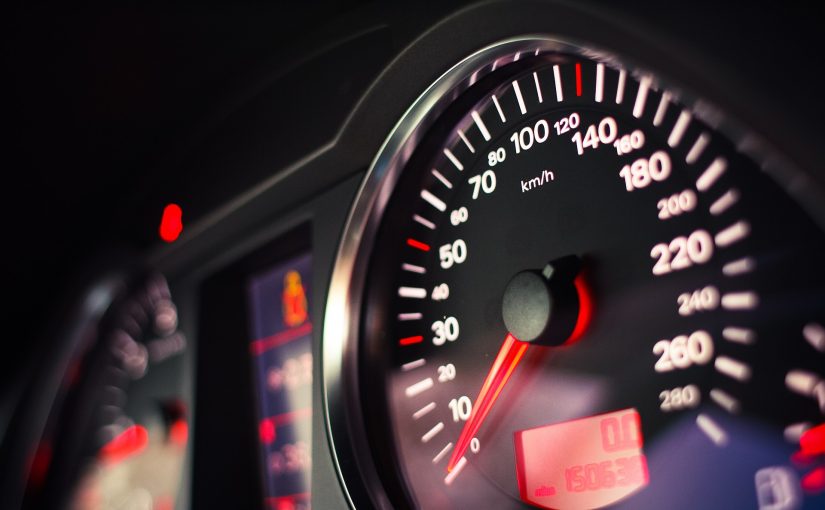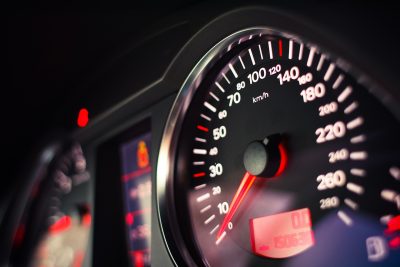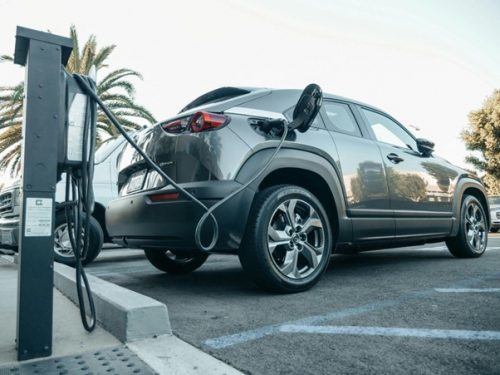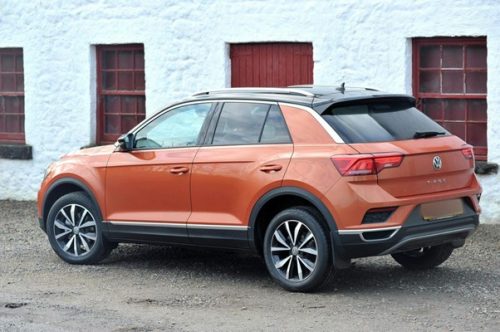
Understanding Dash Warning Lights
Posted in: Driving Tips, News.
There’s a lot to learn when you start driving, from the theory test to the practical test that now includes 2 questions related to vehicle safety. Once you’ve passed your test and are free to drive the learning shouldn’t stop, time behind the wheel will add experience and make you a better, safer driver. Part of your education should also involve the car itself, as whilst some very basic safety questions are included in your practical test, understanding your car, or indeed another car could spare you an inconvenient breakdown, help you keep repair costs as low as possible or even avoid a potential accident.
Most modern car dashboards are festooned with lights and symbols resembling Christmas decorations, all of which have a purpose and are there to help you understand the health of your car and give warning of potential problems. Understanding what dash warning lights mean is an important part of driving, particularly the most common dash warning lights that you’re likely to see at some point.
Dash warning light colours an indication of importance
As a general rule of thumb, the colour of the dash warning light is a good indicator as to how seriously you should take it.
- Red warning lights should be considered the most severe and indicate a fault or issue with the car that requires attention. A popular red warning light you’ll see could be the battery light that indicates a flat battery that might prevent the car from starting / functioning correctly.
- Amber warning lights are generally advisory and wouldn’t require immediate attention but something you need to be aware of. The most frequently seen amber dash warning light is the low fuel light. You need to know you are low on fuel to plan to refill, however most cars have at least 20 miles of fuel left in the tank when the low fuel light comes on.
- Green / White dash lights are generally information lights, the most common you’ll likely see are indicator lights, or headlight dash lights just indicating that the headlights are on, or your indicator is on (you’ll also get an audible ‘tick’ when you indicators are on).
Why do all the dash warning lights come on?
When you first start the ignition on your car, you’ll see all the dash warning lights come on and quickly turn off. You needn’t be alarmed, this is the car running a series of checks on the systems the lights are there to monitor, you only need to be concerned if any of those lights remain illuminated, that would indicate an issue that you need to be aware of.
Learning what all dash warning lights mean isn’t entirely necessarily, but it’s good to know the most common ones and to know that the colour of the light is a sign of its importance. If you see a dash warning light and you don’t what it means, you can refer to this complete guide to dash warning lights or check in your owners manual or seek professional advice from a garage or mechanic.

Image by free stock photos from www.picjumbo.com from Pixabay
Tags: Understanding Dash Warning Lights












